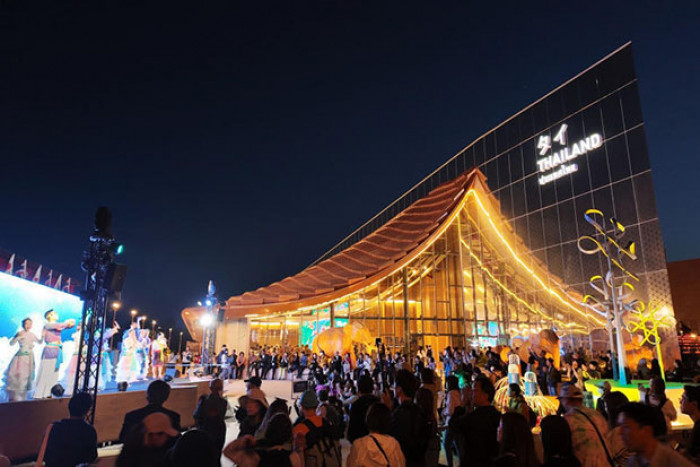Malaysia leads all Asean founding countries in drawing the most visitors to its pavilion at Expo 2025 in Osaka, which has two more months to run.
More than 2.2 million people had visited the Malaysian pavilion as of early August, shattering the country’s target of 1.5 million for the event, the Bernama news agency reported.
The pavilion was created to demonstrate the diversity of culture in the multi-ethnic country dominated by Malays and a mission to use innovations to drive the future.
Indonesia recorded the 1 millionth guest at its pavilion in July, according to Antara, its official news agency, while Thailand surpassed the same figure last month.
Indonesia has used its pavilion to show visitors what its society would look like 20 years from now, when it wants to be an advanced economy with an emphasis on sustainability.
Singapore welcomed its 1 millionth visitor last month, the Singapore Tourism Board said, while visitors to the Philippine booth hit 600,000, according to GMA News. Brunei tradition and art are among the showcases of the Philippines.
There were no records of the number of visitors at the Vietnamese pavilion.
The Thailand Pavilion has been seeing about 10,000 visitors on average since the Expo opened on April 13. The number was 1.25 million as of Wednesday.
The Expo in Japan ends on Oct 13.
The Thai pavilion and all displays were built with a budget of 973 million baht, with the Ministry of Public Health the lead agency responsible. It mainly shows the kingdom as a hub of wellness and health-related attractions, from food to massage.
The pavilion was criticised by some Thais when the Expo opened in April. They said the country missed an opportunity to show the world how Thailand views the future, which after all was the theme of Expo 2025.
Construction of the Thai booth and all the displays was funded by a fixed budget covering three fiscal years starting in 2024.
The final instalment of the requested budget, 247 million baht, was scrutinised in parliament in the second reading of the fiscal 2026 budget on Friday, before it sailed through.
Sahassawat Kumkong and Sakon Soontornvanichkit, two MPs of the opposition People’s Party, opposed the request, saying it was too much money for too little return for the public.
“The structure is beautiful but the content looks bureaucratic,” Mr Sahassawat said.
Deputy Finance Minister Julapun Amornvivat said the budget could not be trimmed as the total amount had been committed and divided into three payments in three fiscal years.


AloJapan.com